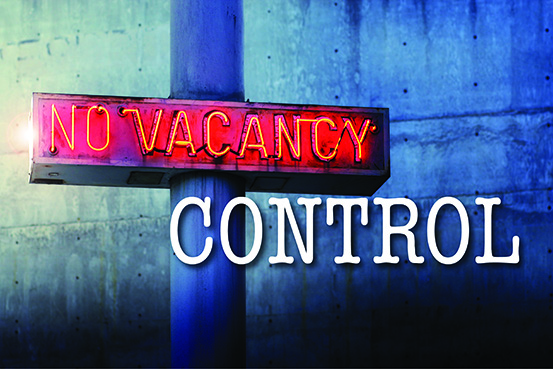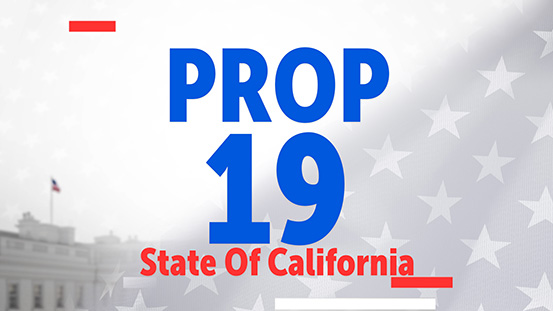Last Call for Opportunity Zones to Defer Capital Gains Taxes?

By Christopher Miller, MBA
Recently, I helped a handful of my clients explore Qualified Opportunity Zones a a vehicle to defer their capital gains taxes. My usual business consists of working with investors who have sold real estate, but these investors had sold stock, personal residences and businesses. 1031 Exchanges, of course, aren’t available to sellers of such assets, so we looked to Opportunity Zones as a way to help with potential tax problems.
The largest Opportunity Zone sponsors in the country don’t plan to offer these investments any longer after their current offerings sell out in early 2024. This is because they do not expect Congress to extend the legislation that made them possible in the first place. As this may be the “last call” for Opportunity Zones, I wanted to write about them this month.













